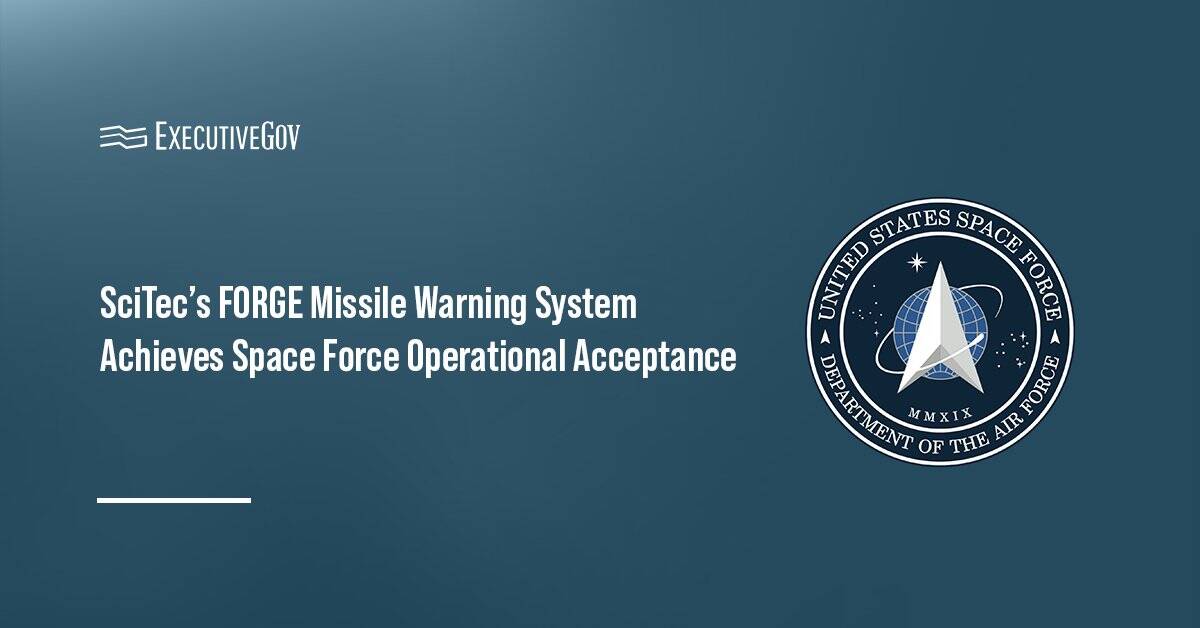The National Science Board has released a new policy brief that calls for new approaches to ensure that the U.S. maintain its leadership in science and technological progress.
Such new approaches are needed because of a dramatically altered science and technology landscape, which features three fundamental changes, the NSB said Monday.
The first fundamental change is that while federal investment continues to be the foundation of U.S. research and development, business now accounts for a majority share. But while businesses have become an R&D driver, they cannot replace federal R&D.
The second fundamental change is that China has become the largest competitor of the U.S. in S&T leadership. China has even outpaced the U.S. in key areas, including research publications, patents and technology-intensive manufacturing. Even so, China is also the largest collaborator of the U.S. in published research.
The third fundamental change is that the number of jobs requiring science, technology, engineering and mathematics skills is rising but domestic workers and students have not received adequate education.
NSB Chair Dario Gil said he will dedicate his term to determine “how we as a nation can adapt to and seize the potential of the current landscape” noting that “S&T now has the same kind of economic and geopolitical importance as trade or military alliances. It is at the heart of national economic and defense competitiveness.”
Gil, who is also senior vice president and director of research at IBM, said the NSB will begin convening meetings with “cross-sectoral leaders to explore and advance ideas for new and necessary models.”
The soonest meeting is set for July 24.





